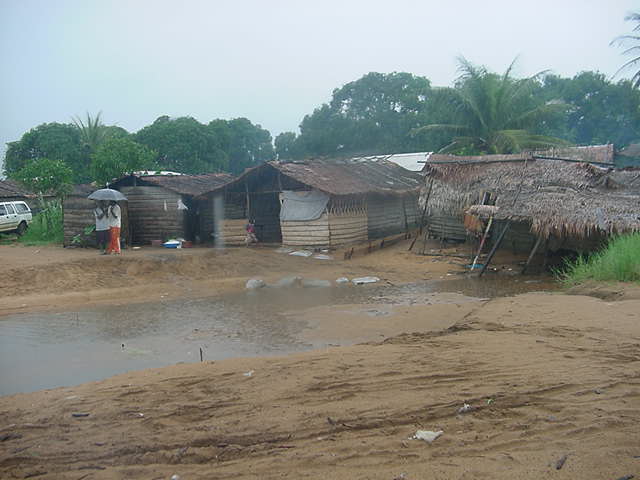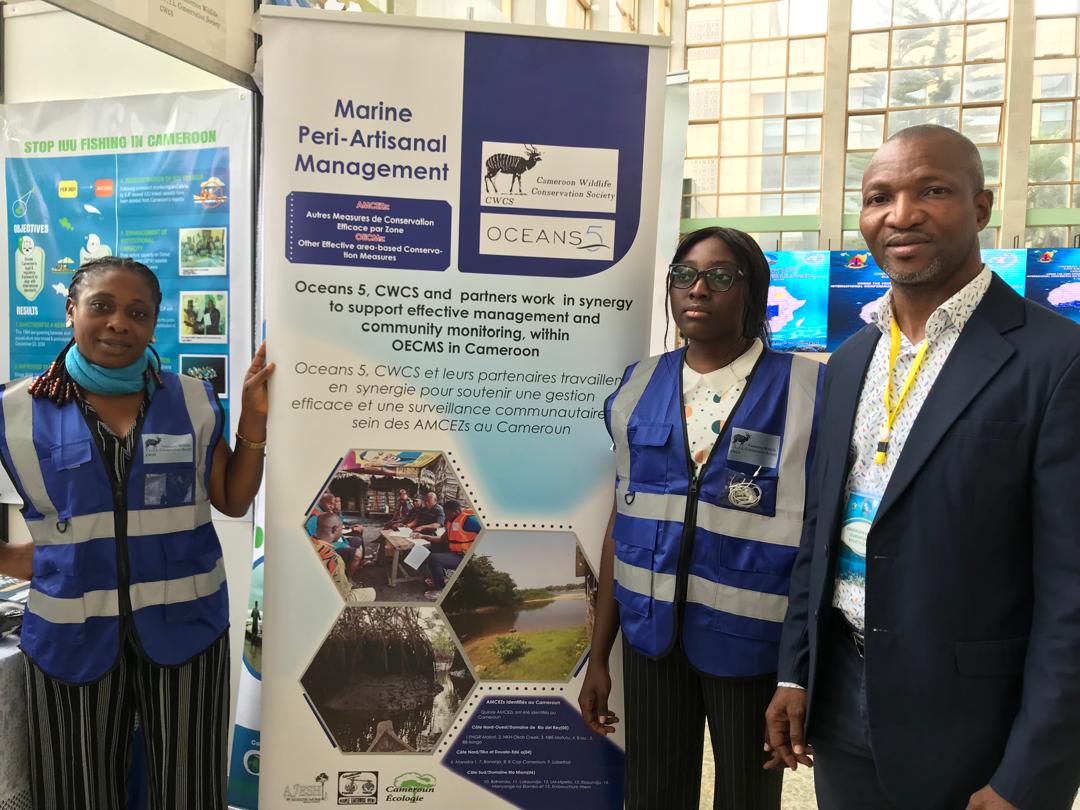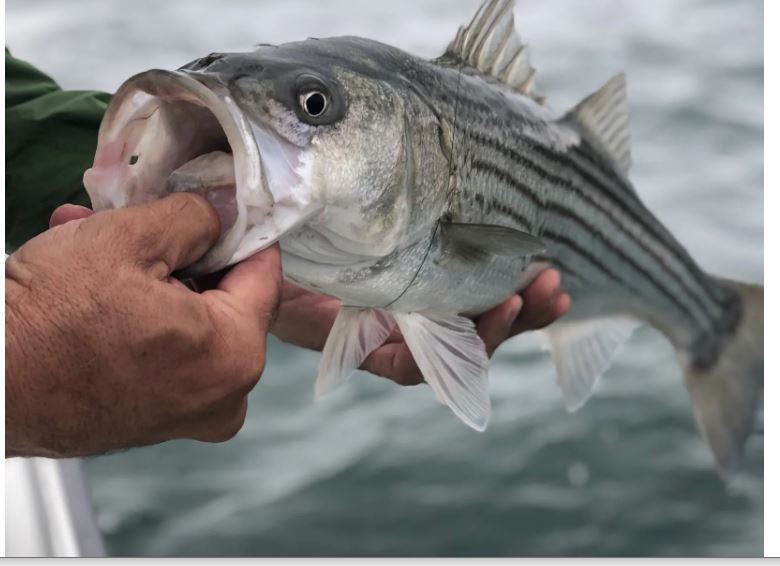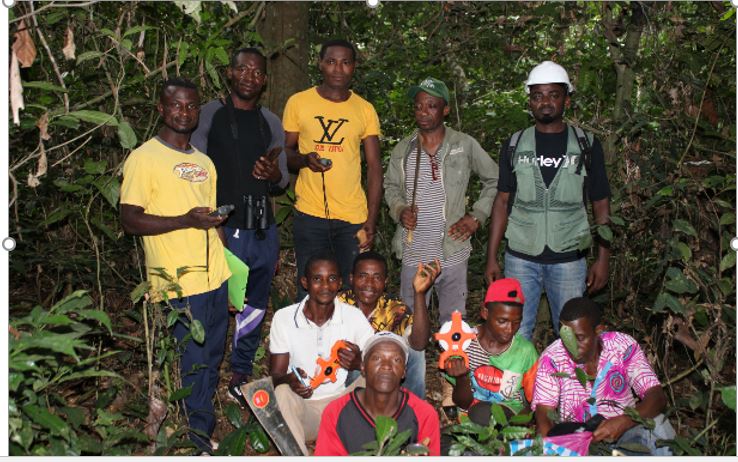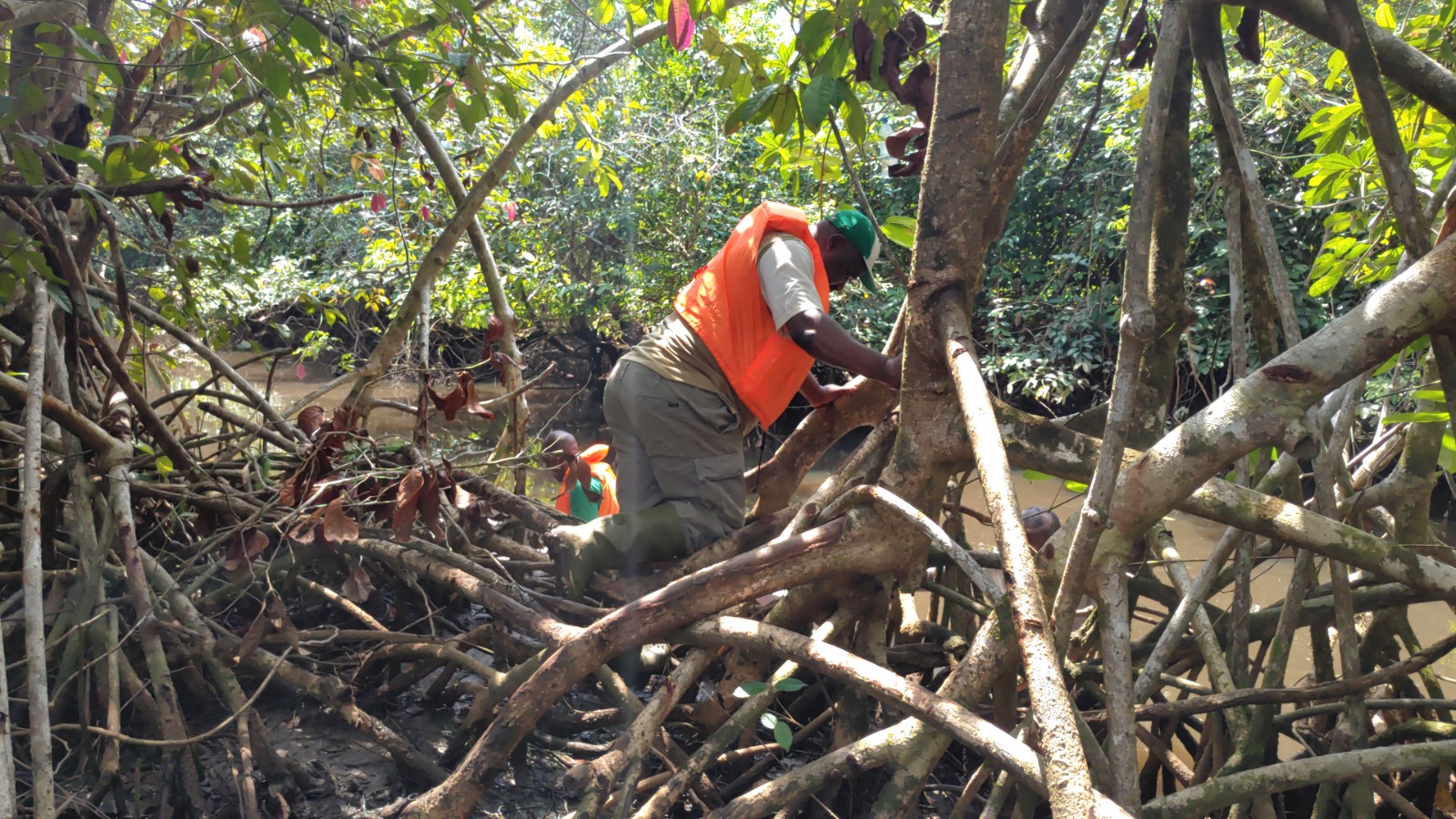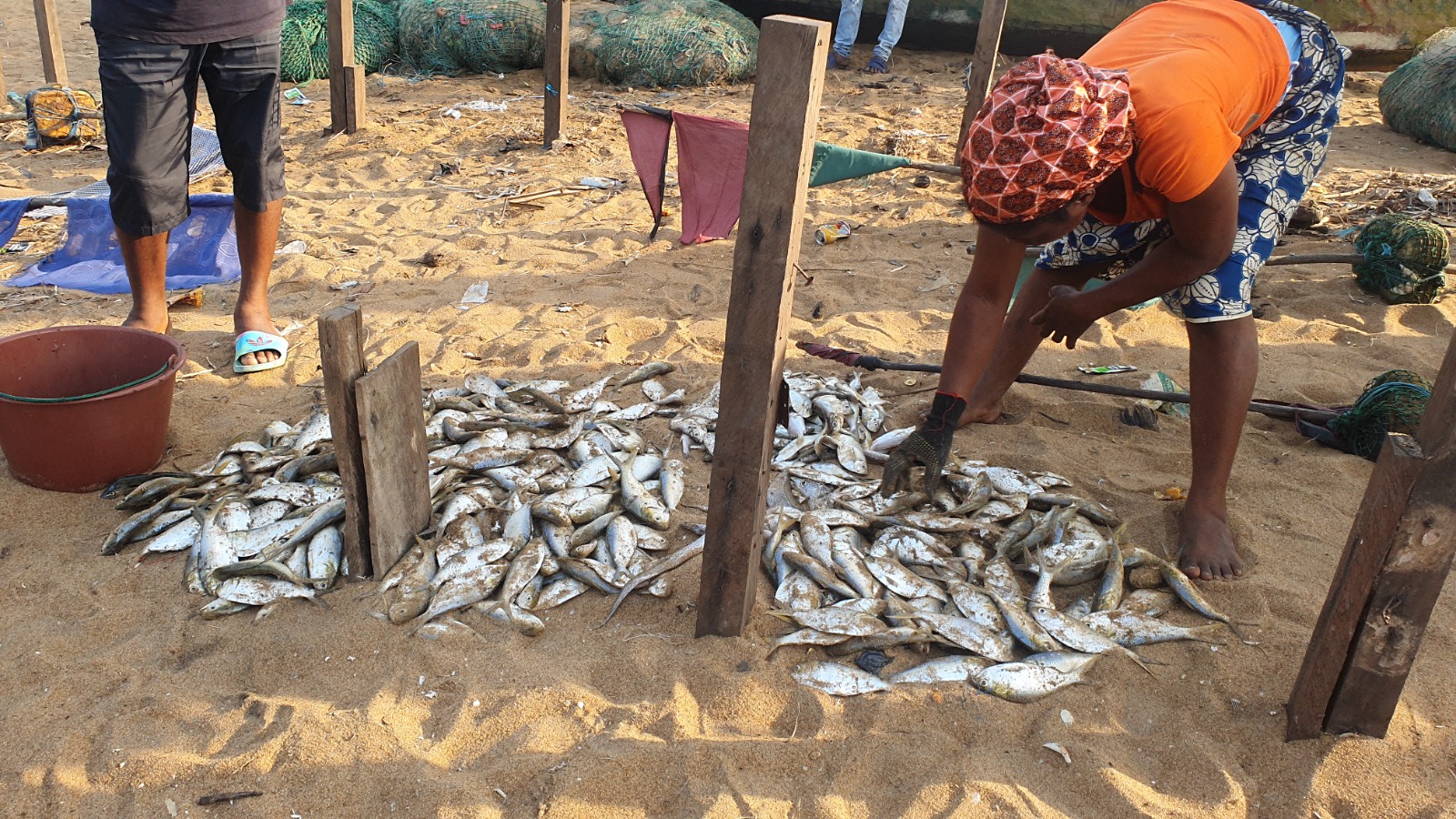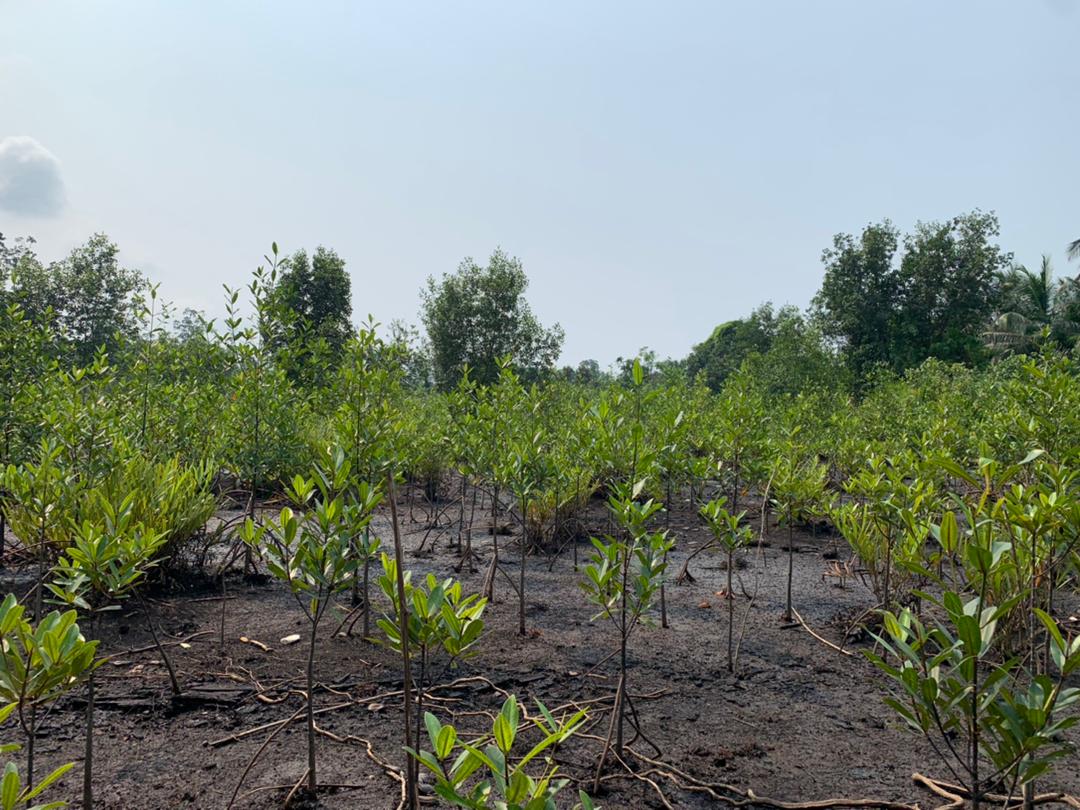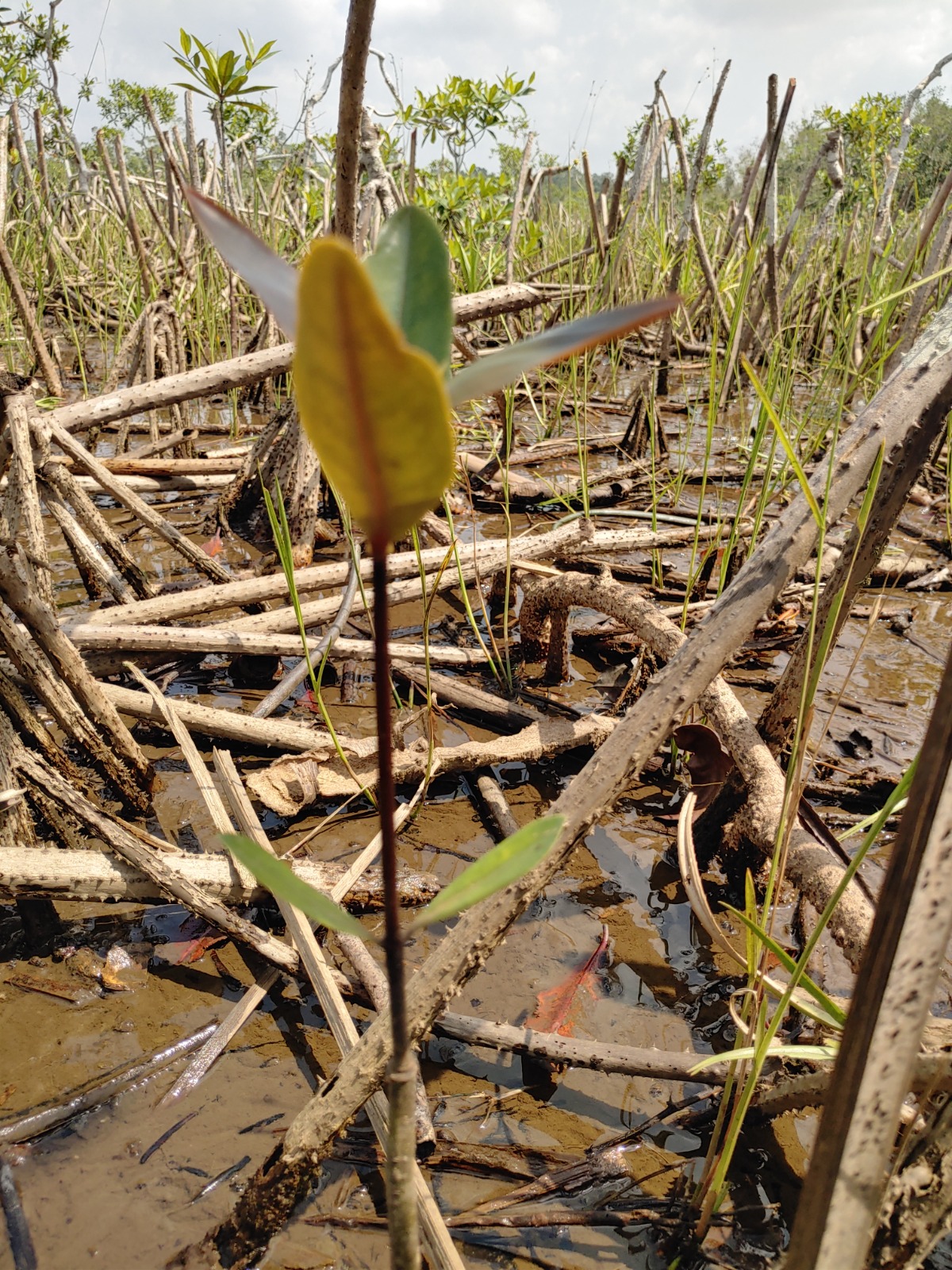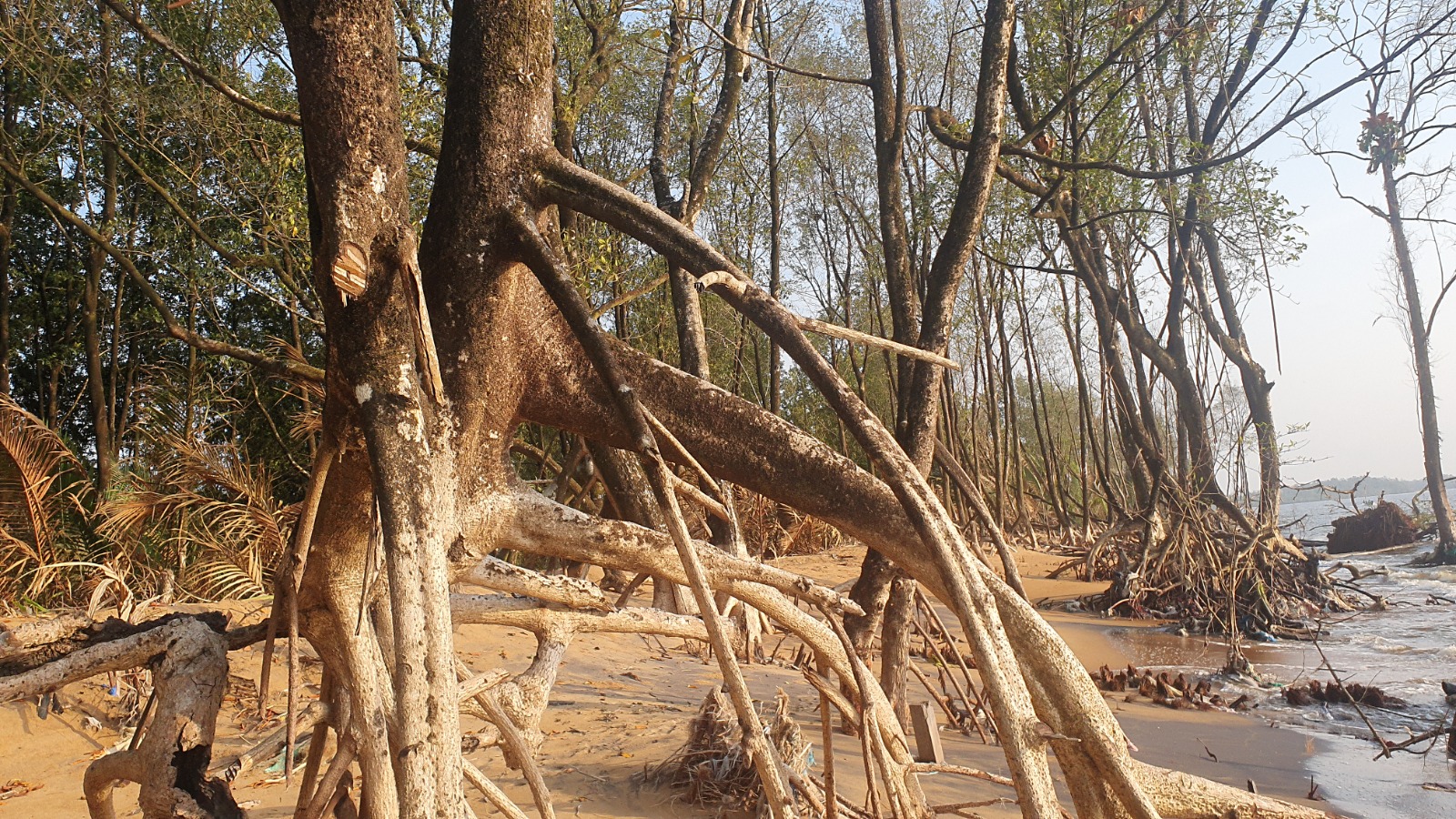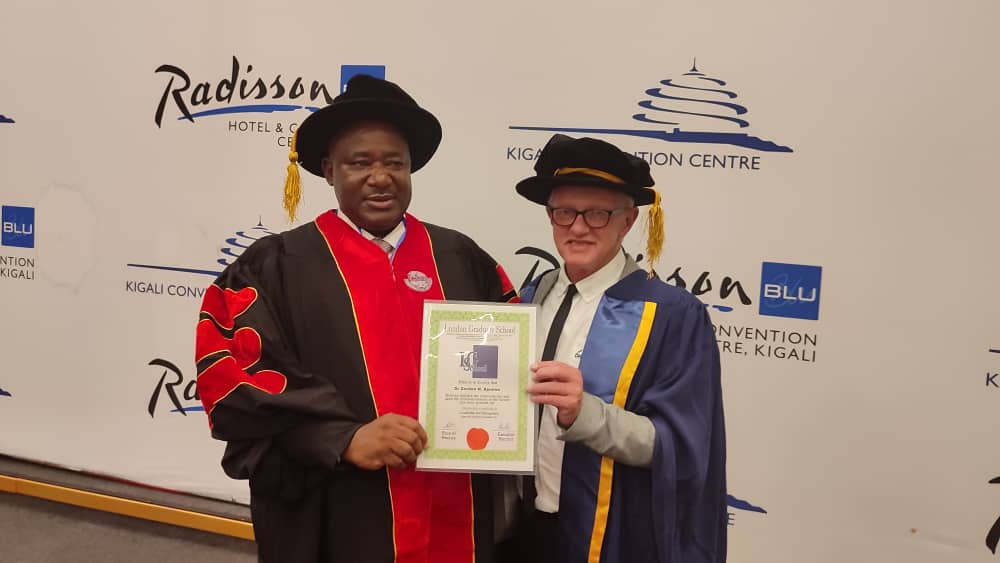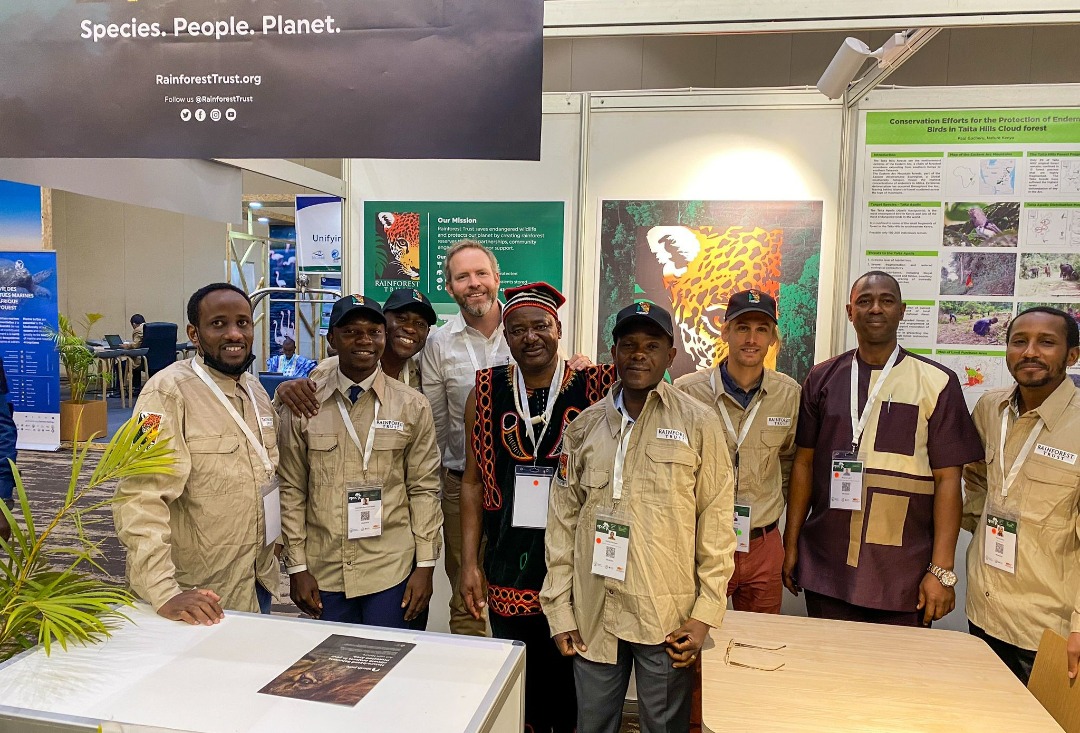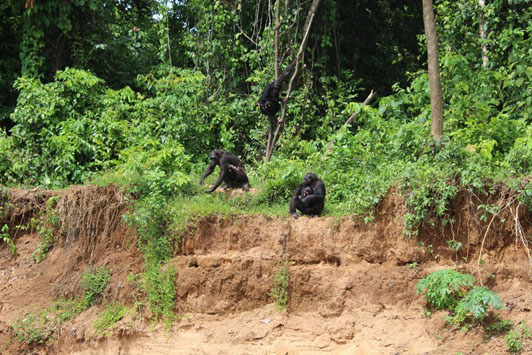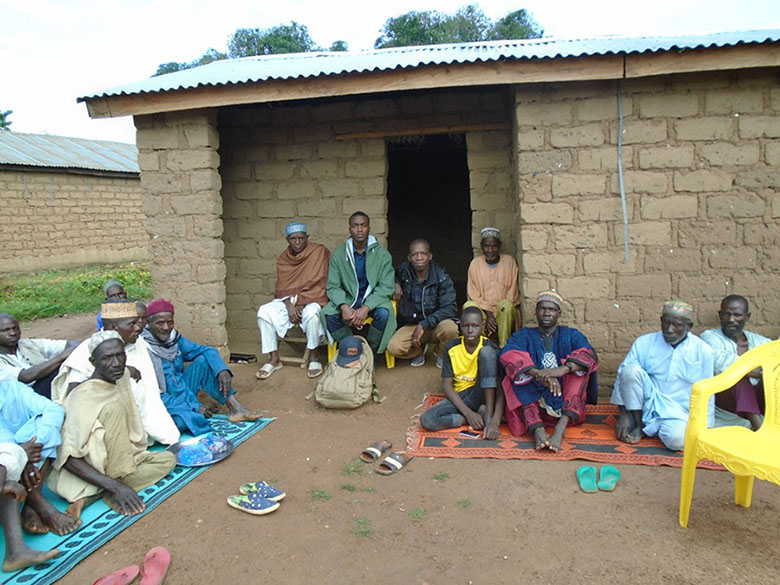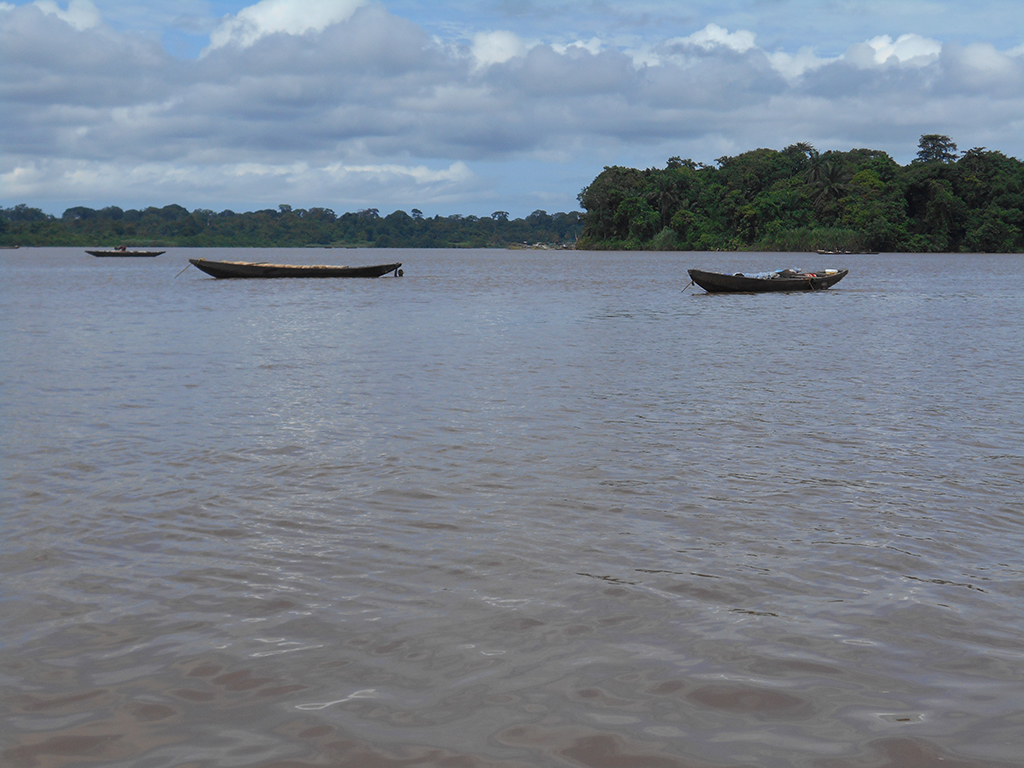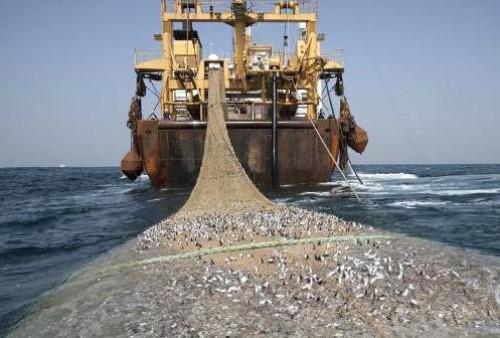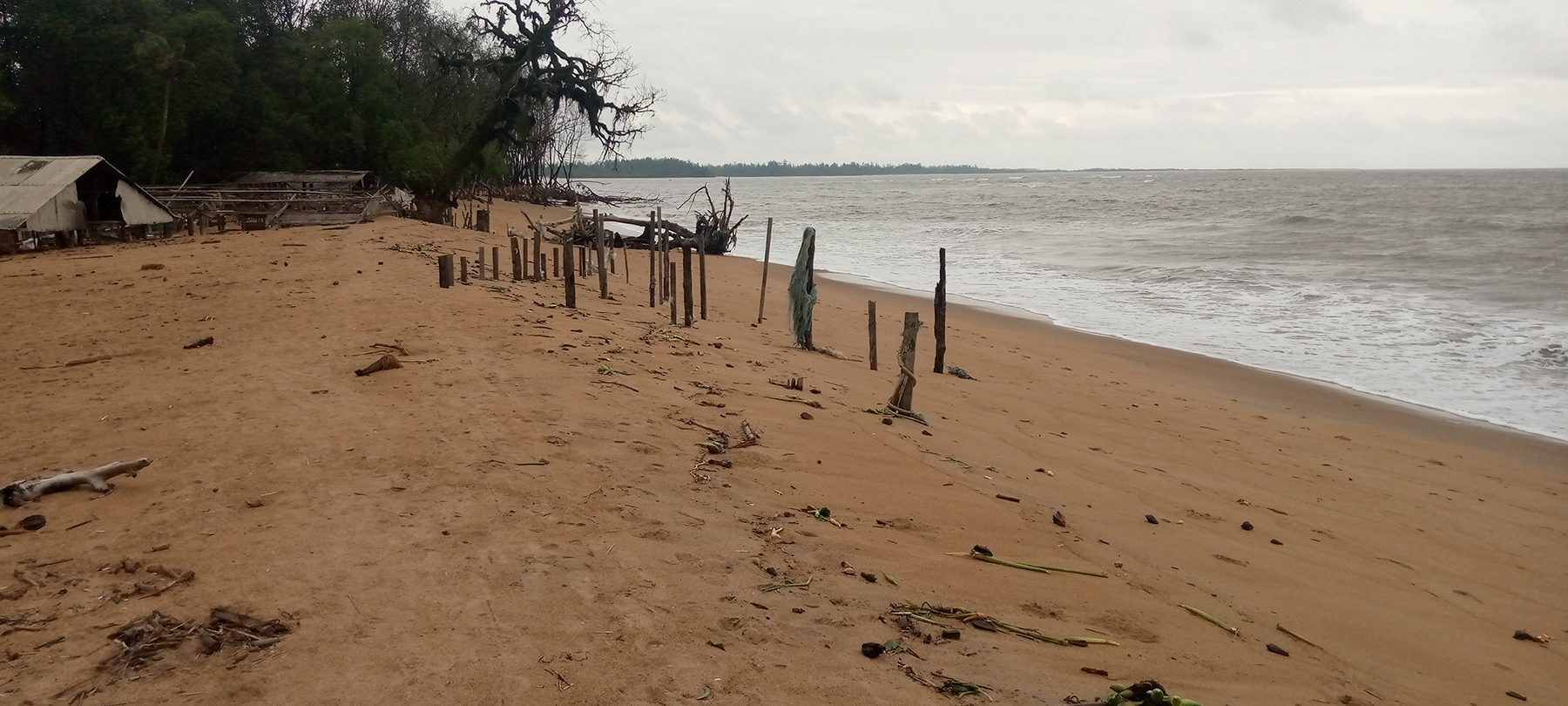The Douala-Edea National Park, the lone Marine and terrestrial protected area in Cameroon, is in grave danger. Once hailed as a “biodiversity paradise” on Cameroon’s Atlantic coast, rsing seas, vanishing forests, collapsing fisheries, and human encroachment are driving one of Central Africa’s richest ecosystems to the brink. For the communities who live here, and the wildlife that shares their home, the consequences are devastating and real.
Located across over 300,000 hectares of forest, mangroves, and marine wetlands, Douala-Edea is a jewel of biodiversity. It is home to West African chimpanzees, manatees, elephants, giant turtles, and over 70 species of waterbirds. But the glimmer of this ecological treasure is fading fast under the weight of climate change, poaching, deforestation, and unchecked development.
“The threats are multiplying faster than our ability to respond,” says Dr. Leonard Usongo, Director of the Cameroon Wildlife Conservation Society (CWCS), a local NGO. “What’s at stake here is not just biodiversity, it’s the survival of entire communities who depend on these ecosystems for food, shelter, and identity.”
Yoyo1 village reduced to ghost town
Nowhere is this crisis more visible than in Yoyo 1, a once-thriving fishing village reduced to a ghost town by relentless ocean surges and sedimentation. Once a leading fish supplier to Douala, Yoyo 1 has lost two-thirds of its population. Collapsed mangroves, cut for fuel and fish smoking, have left the coast defenseless. Debris-laden waters now claim homes and ancestral lands.
“Yoyo 1 is the human face of climate collapse,” says Dr. Usongo. “We are watching a village disappear before our eyes. And if urgent action isn’t taken, more will follow.”
Race to turn tides
CWCS is racing to turn the tide. With support from Planète Urgence and Orange France, over 4,000 mangrove trees have been replanted using native Rhizophora species. In Mouanko, CWCS’s headquarters, collaboration with local groups like Horizon 2000 is reshaping attitudes. Once skeptical, communities are now leading reforestation efforts, reducing illegal fishing, and promoting sustainable alternatives.
The transformation didn’t happen overnight. “We moved from confrontation to cooperation,” says Dr. Usongo. “The people of Mouanko now see conservation not as a threat, but as a lifeline.”
Huge challenges
But the challenge remains immense. Mangroves, critical for carbon storage, coastal protection, and fisheries, are still being decimated. Slash-and-burn farming, pollution, and unregulated development continue to eat away at this fragile ecosystem.
“Without serious investment and a national commitment, we risk losing a global ecological treasure,” warns Dr. Usongo. “We need partnerships, we need science, and above all, we need to act now.”
